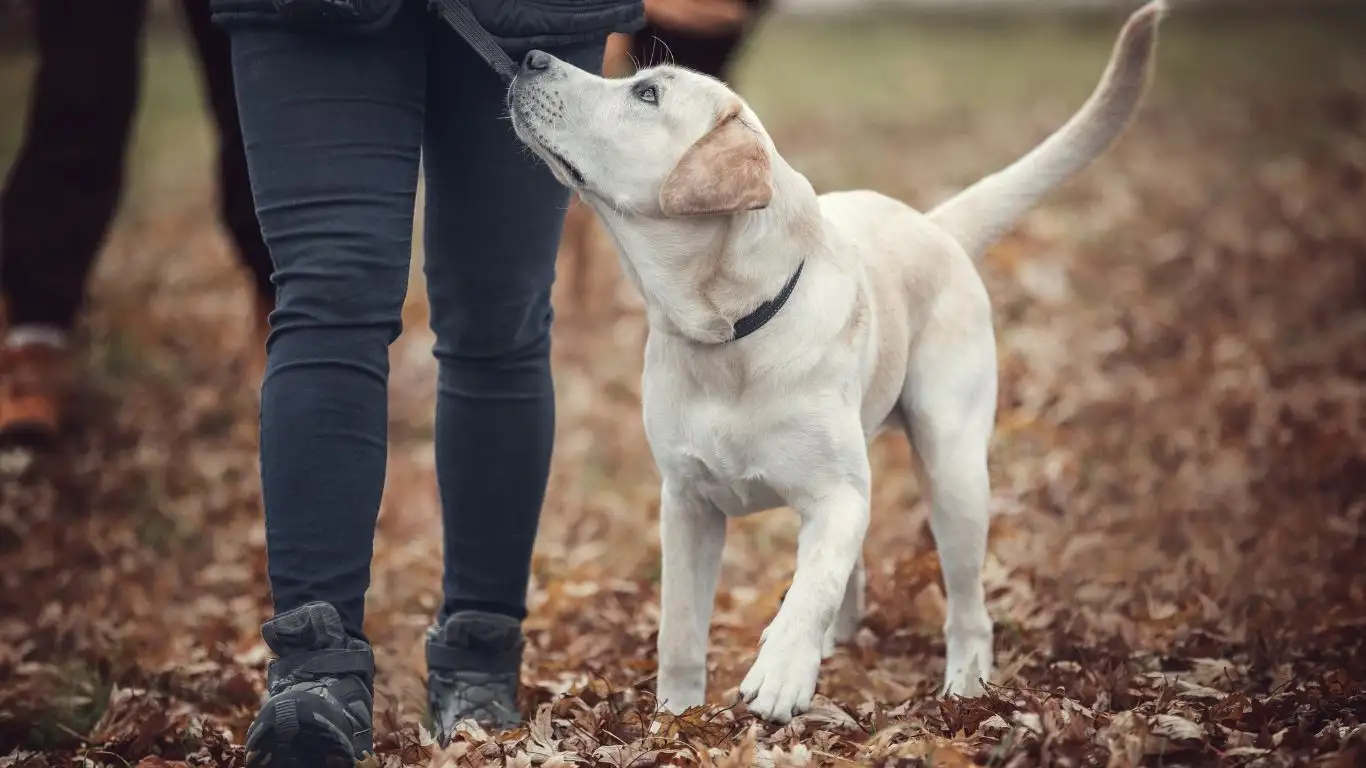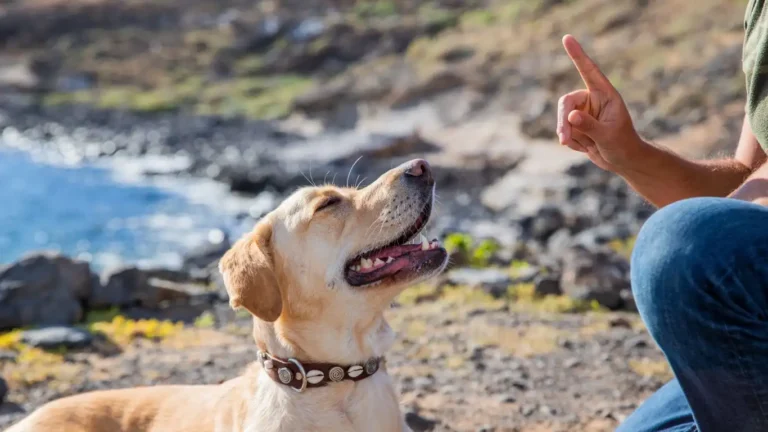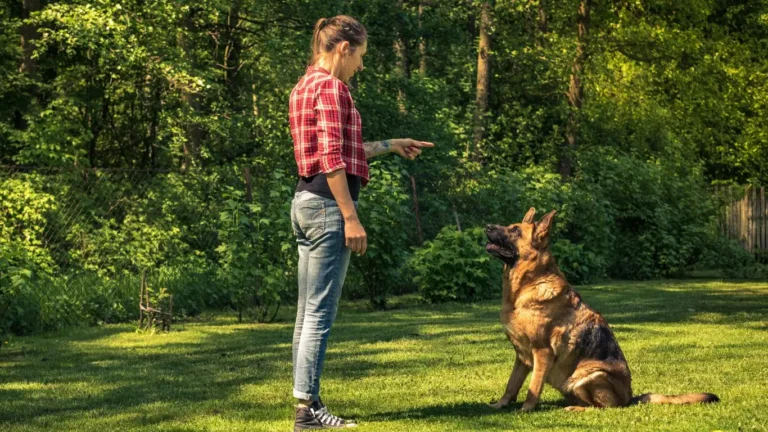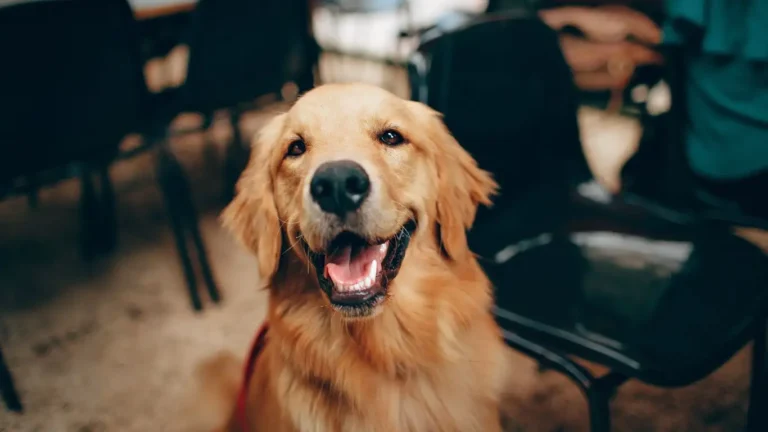How to Train a Dog to Behave in a Bookstore with Ease
If you’ve ever wondered how to train a dog to behave in a bookstore, you’re not alone. Bringing a furry friend into a quiet, calm space filled with books and readers might sound a little intimidating at first. But with the right approach—and a little patience—it’s absolutely doable. As a Canine-Assisted Therapy Trainer, I’ve worked with dogs who needed to master calm behavior in some pretty busy and unusual environments. Bookstores are unique because they demand not just obedience, but a kind of gentle presence that doesn’t disrupt the peaceful atmosphere. So, let’s chat about some realistic, tried-and-true strategies that can help your dog become the best bookstore buddy ever.
Understanding the Challenge: Why Train Your Dog for a Bookstore?
Bookstores aren’t like your typical park or backyard. They’re quiet, cozy spaces where people want to immerse themselves in stories and ideas. That means your dog needs to be calm, quiet, and respectful of the environment. From my experience, many dog owners overlook just how much mental control this requires—not just for the dog, but for the handler too.
Think of it like this: training a dog for a bookstore is less about flashy tricks and more about solid foundational skills like patience, focus, and self-control. These are exactly the qualities I focus on when preparing therapy dogs for gentle public environments.
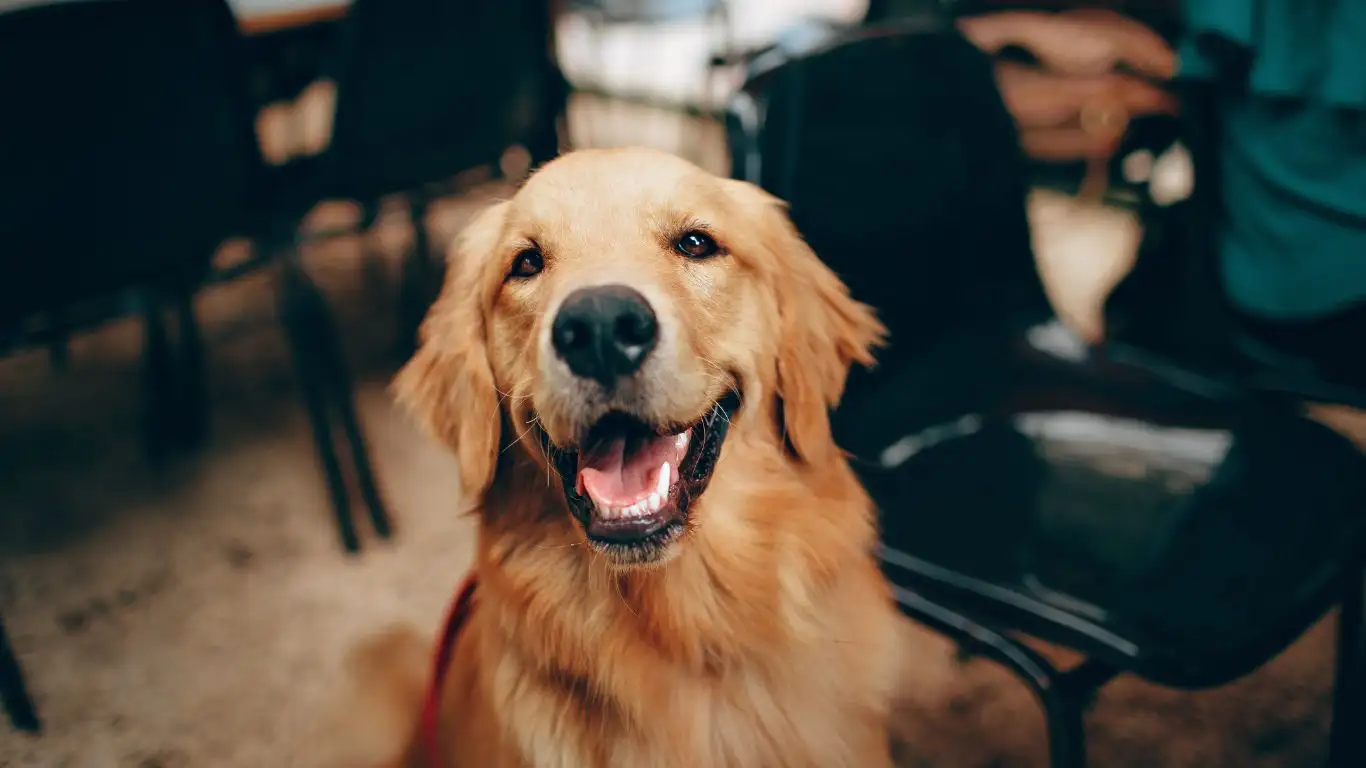
Getting Started: The Basics of Training Your Dog for Bookstore Behavior
Start with Solid Obedience Skills
Before you even think about stepping foot inside a bookstore, your dog should have a reliable grasp on basic commands. This means sit, stay, leave it, and come need to be second nature. When your dog responds to these commands consistently—even in distracting environments—you’re laying the groundwork for more complex behavior.
Socialization Is Key
Bookstores often have different kinds of visitors: kids, other dogs, or sometimes even cats lounging in corners! A dog that’s comfortable and well-socialized is less likely to become anxious or reactive. In my therapy work, I emphasize gradual exposure. Take your dog to quiet public spaces first, then slowly increase the distractions. This helps build confidence without overwhelming them.
Teach Calmness on a Leash
Leash manners matter a lot. Your dog should be able to walk calmly without pulling or lunging. When inside a bookstore, leash control becomes even more crucial. I recommend practicing loose-leash walking regularly and rewarding your dog for walking beside you without tension. If your dog knows how to stay relaxed on a leash, it’s a big step toward good bookstore behavior.

Setting Expectations: What Behaviors Are We Aiming For?
Quiet and Stillness
A dog in a bookstore shouldn’t bark, whine, or move around too much. Encouraging your dog to settle—which means lying quietly at your feet—is essential. During therapy sessions, I often use a mat or blanket as a “safe spot” cue, which helps dogs understand where to relax. You can try this at home by rewarding calmness on a specific spot before taking it to a bookstore setting.
Ignoring Distractions
Booksellers, readers flipping pages, or occasional noises might catch your dog’s attention. Teaching your dog to focus on you even when things get interesting is a game changer. Try practicing “look at me” or “focus” commands during walks or in places with mild distractions. Reward your dog for maintaining eye contact and ignoring everything else.
Polite Greetings
If your dog is friendly, it’s natural for people to want to say hi. However, not everyone is comfortable with a dog coming up to them uninvited. Teaching your dog to greet people politely—by sitting calmly and waiting for your cue—shows respect to others and keeps interactions safe and positive.
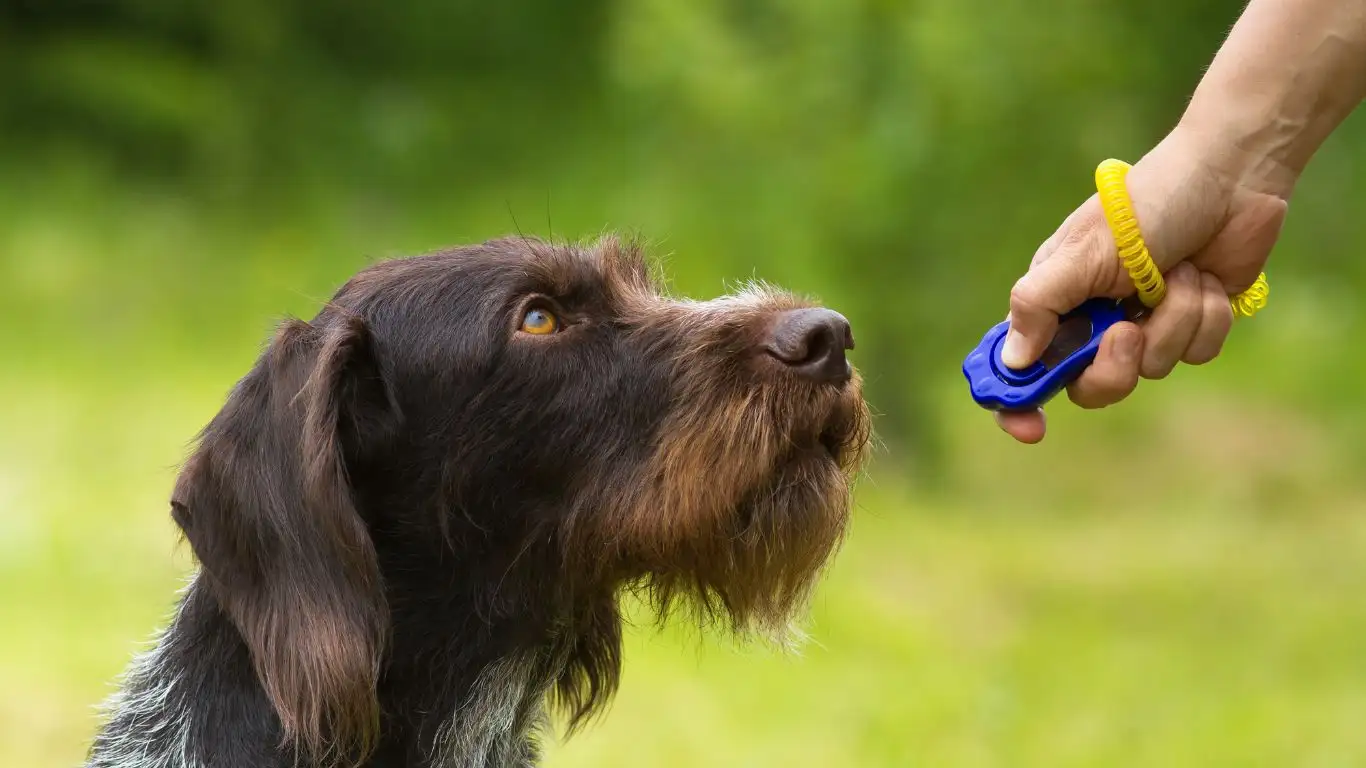
My Personal Tips for Success
One thing I’ve learned in my years of training therapy dogs is that patience and consistency are your best friends. Sometimes progress feels slow, especially with behavior that requires a lot of self-control. Celebrate the small wins, like your dog staying quiet for five minutes or walking calmly past a distracting display.
Also, bring plenty of high-value treats and your dog’s favorite toys. These help keep motivation high, especially during longer bookstore visits. Remember, every dog is different—what works for one might need tweaking for another.
Next time, I’ll share how to handle tricky moments inside the bookstore and how to reinforce these good habits long-term. For now, start with these basics and watch your dog blossom into the perfect bookstore companion.
Handling Common Challenges Inside the Bookstore
Even with the best preparation, bringing a dog into a bookstore comes with its own set of hurdles. From unexpected noises to curious strangers, your pup might test their training in real time. I’ve seen it plenty during my work with therapy dogs—no two days are exactly alike. So, let’s dive into some typical challenges and how you can confidently handle them without stress.
Dealing with Barking and Whining
One of the biggest hurdles I see is dogs reacting vocally to the environment. Whether it’s the creak of a floorboard or the rustle of pages, these little sounds can feel amplified to a dog’s sensitive ears. When your dog starts barking or whining, the first step is to stay calm yourself. Dogs pick up on your energy, and if you get tense, it can make things worse.
Here’s what I do: gently redirect their attention with a favorite treat or a calm voice. Use a command like “quiet” or “enough”—something consistent and clear. If your dog struggles with this, step outside for a minute to let them decompress before trying again. Over time, they learn that the bookstore is a calm zone where barking doesn’t earn attention.
When Your Dog Wants to Explore or Pull on the Leash
Curiosity is natural, right? Books smell interesting, and people are fascinating. But in a bookstore, you want your dog to practice restraint. If your dog starts tugging or trying to sniff every nook and cranny, gently stop and give a “heel” or “leave it” command. Reward them for returning their focus to you.
In therapy training, we often use short, frequent breaks for sniffing and exploring to satisfy that curiosity, then return to calm behavior. So it’s okay to let your dog have a little “exploration time” outside the store or during a break, but inside, the focus is on calm walking and presence.

Tools and Techniques to Boost Your Dog’s Bookstore Manners
Use a Mat or “Place” Command
One of the best tools I’ve found for calm behavior is teaching your dog to settle on a mat or designated spot. This gives them a clear cue about where to relax and helps set expectations. In bookstores, having your dog settle on a mat near your feet can signal to both your dog and others that this is a chill zone.
Start at home by rewarding your dog for lying down on the mat and staying there quietly for increasing amounts of time. Gradually add distractions until your dog can stay put even when things are bustling around. This simple trick has saved me more than once during therapy visits.
High-Value Treats and Positive Reinforcement
When it comes to training, motivation is everything. I always recommend bringing along your dog’s favorite treats—think small, soft, super tasty bits that they don’t usually get at home. Use these to reinforce calm and focused behavior during your bookstore visits.
Remember to praise with your voice and gentle petting too. Dogs respond well to a combination of treats, affection, and your calm energy. That’s how you build a positive association with the environment.
Practice Short, Frequent Visits
Bookstore training isn’t about marathon sessions. I’ve found it’s better to keep initial visits short—maybe just 10 to 15 minutes—and then gradually build up. This helps your dog stay engaged and prevents overwhelm. Plus, it gives you both a chance to celebrate small wins and tweak what’s not working.
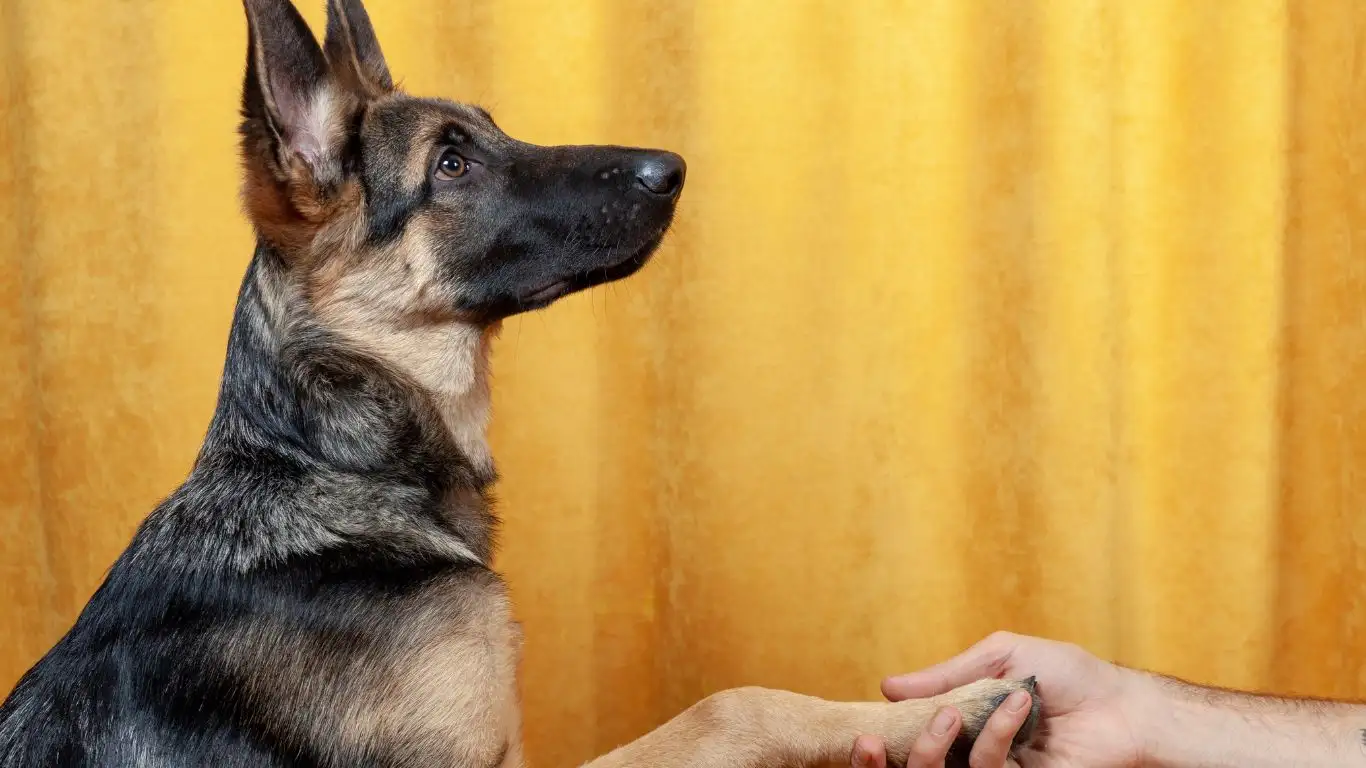
Advanced Tips: Reading Your Dog’s Body Language in a Bookstore
One of the most important skills you can develop as a dog handler is learning to read your dog’s body language. In a quiet space like a bookstore, subtle signs can tell you when your dog is getting uncomfortable or overstimulated before it turns into a full-blown reaction.
Signs to Watch For
- Yawning or licking lips — often signs of mild stress or uncertainty.
- Shifting weight or turning away — your dog might be trying to avoid something overwhelming.
- Tail tucking or lowered body posture — clear signals of anxiety.
- Staring or freezing — can indicate your dog is trying to process their surroundings.
When you notice these signs, it’s a good idea to give your dog a break or redirect their attention with a known command or reward. This kind of responsive handling helps keep the experience positive and prevents stress from building up.
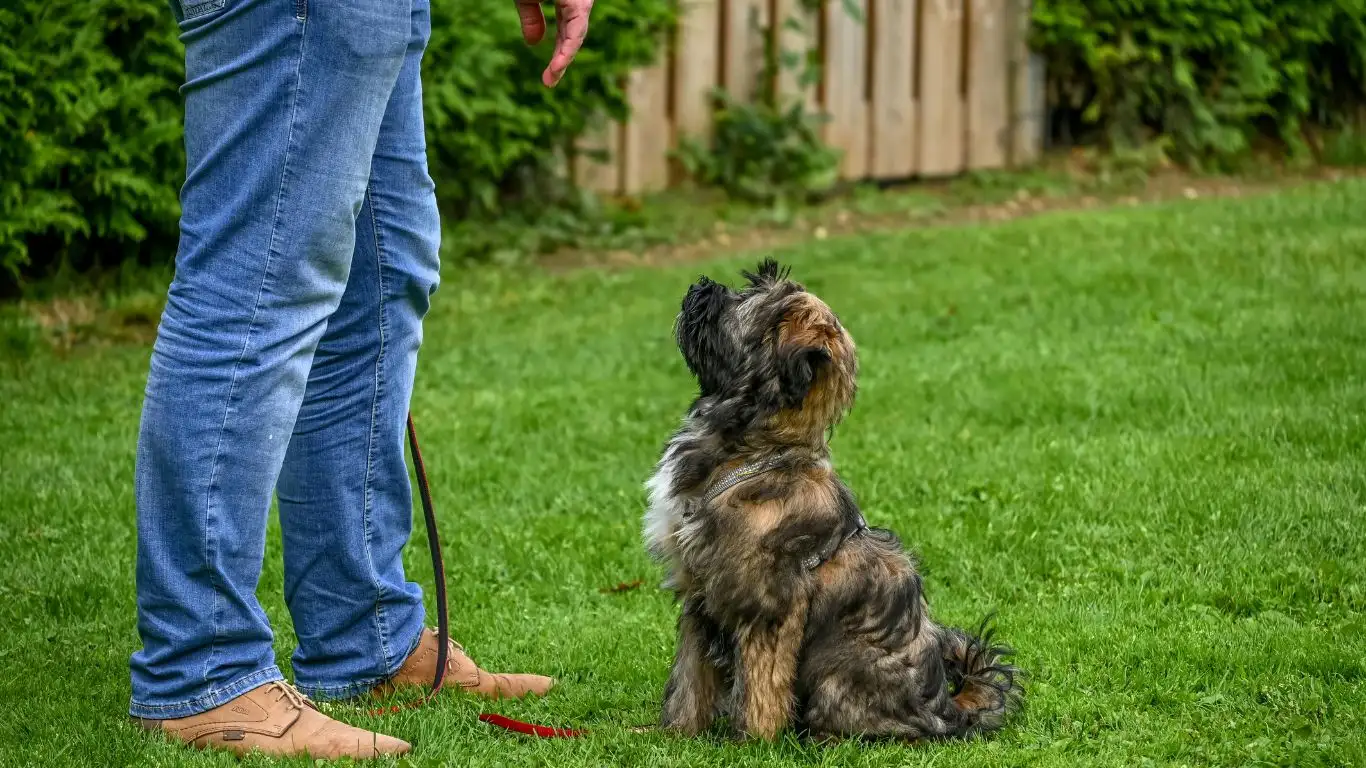
Building Long-Term Success
Training a dog to behave in a bookstore isn’t a one-and-done deal. Like any skill, it requires ongoing practice and reinforcement. In my work, I always encourage handlers to keep refreshing the training, especially if it’s been a while since their last bookstore visit.
Incorporate calm behavior and leash skills into your regular walks and outings. Keep using positive reinforcement and stay consistent with your commands. Over time, your dog will not only behave well in bookstores but will also develop better self-control in other calm public spaces like libraries, cafes, or museums.
Ultimately, the goal is for your dog to feel comfortable and confident wherever you go. And trust me, that kind of training pays off in ways beyond just bookstore visits—it deepens your bond and opens up a world of possibilities for shared adventures.
Incorporating Bookstore Training into Everyday Life
By this point, you’ve got a solid grasp of how to train a dog to behave in a bookstore, from foundational obedience to handling tricky moments. But here’s the thing: the most successful dogs are the ones whose training is woven into daily life. Consistency outside the bookstore builds the calm, focused mindset your dog needs inside.
For example, practice settling on cue during your downtime at home or while watching TV. Ask your dog to stay on their mat or spot for a few minutes, then gradually increase the time. This kind of training doesn’t have to be complicated—sometimes just taking a moment to reset your dog’s attention can work wonders. And yes, it really pays off when you step into a quiet bookstore and your dog is already in “calm mode.”
Turn Everyday Walks into Training Sessions
One of my favorite tips is to use daily walks as opportunities for leash manners practice. If your dog pulls or gets distracted easily, that’s a great time to ask for focus and calm walking. I often remind clients that walks aren’t just about exercise—they’re mini training sessions that reinforce polite behavior. If your dog knows how to walk calmly past distractions like bicycles or other dogs, it translates beautifully to navigating a bookstore aisle without pulling or lunging.
Another neat trick is to practice “bookstore mode” while walking near quiet spots—like a library or a coffee shop patio—where the vibe is similar to what your dog will experience inside the store. These low-key environments help your dog get used to being calm around subtle noises and unfamiliar people.
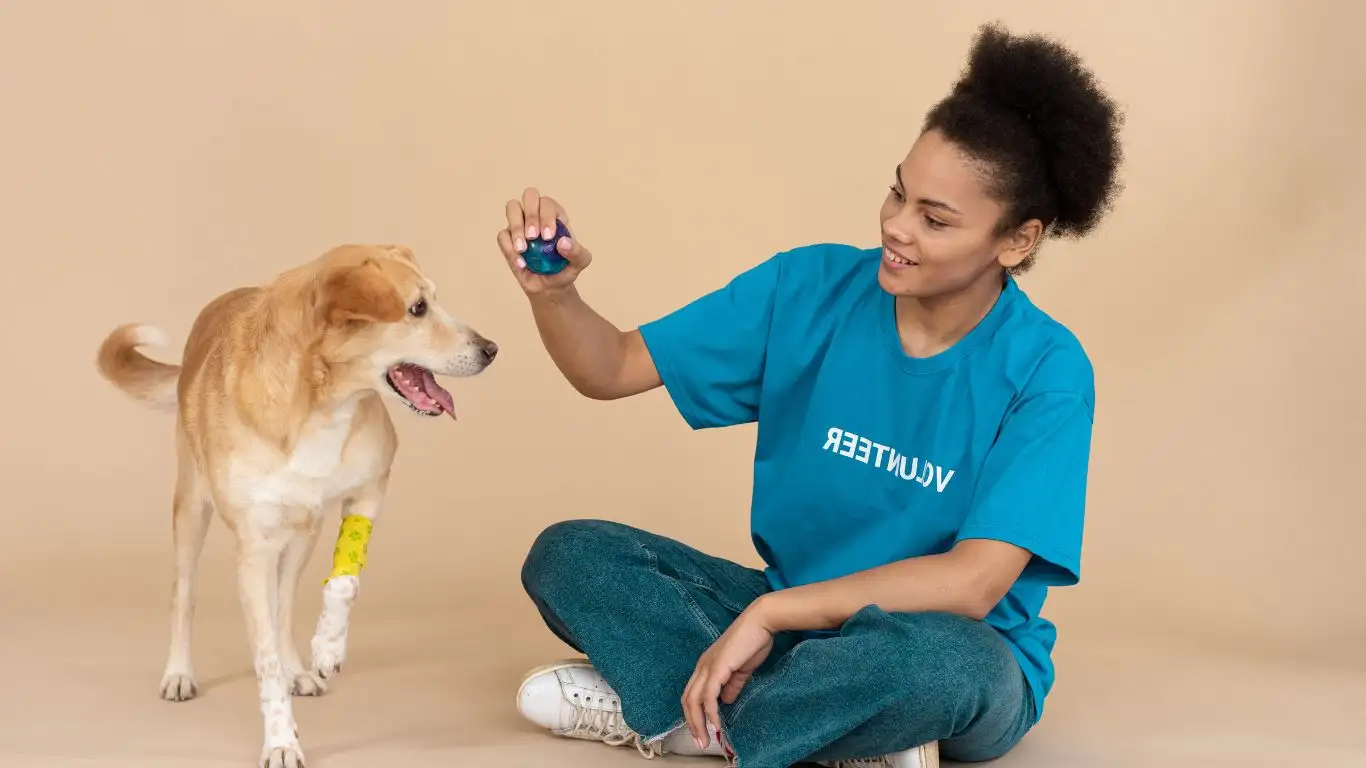
Dealing with Unexpected Situations and Setbacks
Even the best-trained dogs can have an off day. Maybe your dog gets startled by a loud noise or feels overwhelmed by an unusually busy store crowd. It’s completely normal and part of the learning curve. What matters is how you respond as a handler.
Here’s my advice: always be prepared with a plan B. That might mean taking a short break outside or quietly leaving if things get too much for your dog. Remember, your calm and confident attitude sets the tone. Dogs feed off your energy, so staying relaxed helps them relax too.
If setbacks happen, don’t get discouraged. Instead, take note of what triggered the behavior and work on that specific issue during your training sessions. Maybe it’s a particular sound or an unusual customer interaction. Breaking challenges down into manageable pieces makes progress more attainable.
Keep Communication Open with Bookstore Staff
One little secret from my therapy training experience is that communication with people around you makes a huge difference. Let bookstore staff know you’re training your dog to behave in their space. They’re often understanding and can even help by giving you a little extra room or offering a quiet spot if needed. Plus, it helps set expectations for other visitors, making the whole environment more comfortable for everyone.

Final Thoughts on Building a Positive Bookstore Experience
Teaching your dog how to behave in a bookstore is a wonderful way to expand your adventures together. It strengthens your bond, sharpens your dog’s self-control, and creates more opportunities for shared joy. And from what I’ve seen as a Canine-Assisted Therapy Trainer, the dogs who thrive in calm, public settings are the ones whose owners embrace patience, positivity, and consistency.
Remember, it’s not about perfection—it’s about progress. Celebrate the quiet moments, the calm sits, and the gentle greetings. Those are the building blocks of success.
References
Disclaimer
This article is intended for informational purposes only and is not a substitute for professional dog training advice or veterinary care. Always consult with a qualified trainer or veterinarian before beginning new training routines or if your dog shows signs of distress or behavioral challenges. Every dog is unique, and training results may vary based on individual temperament and circumstances.
